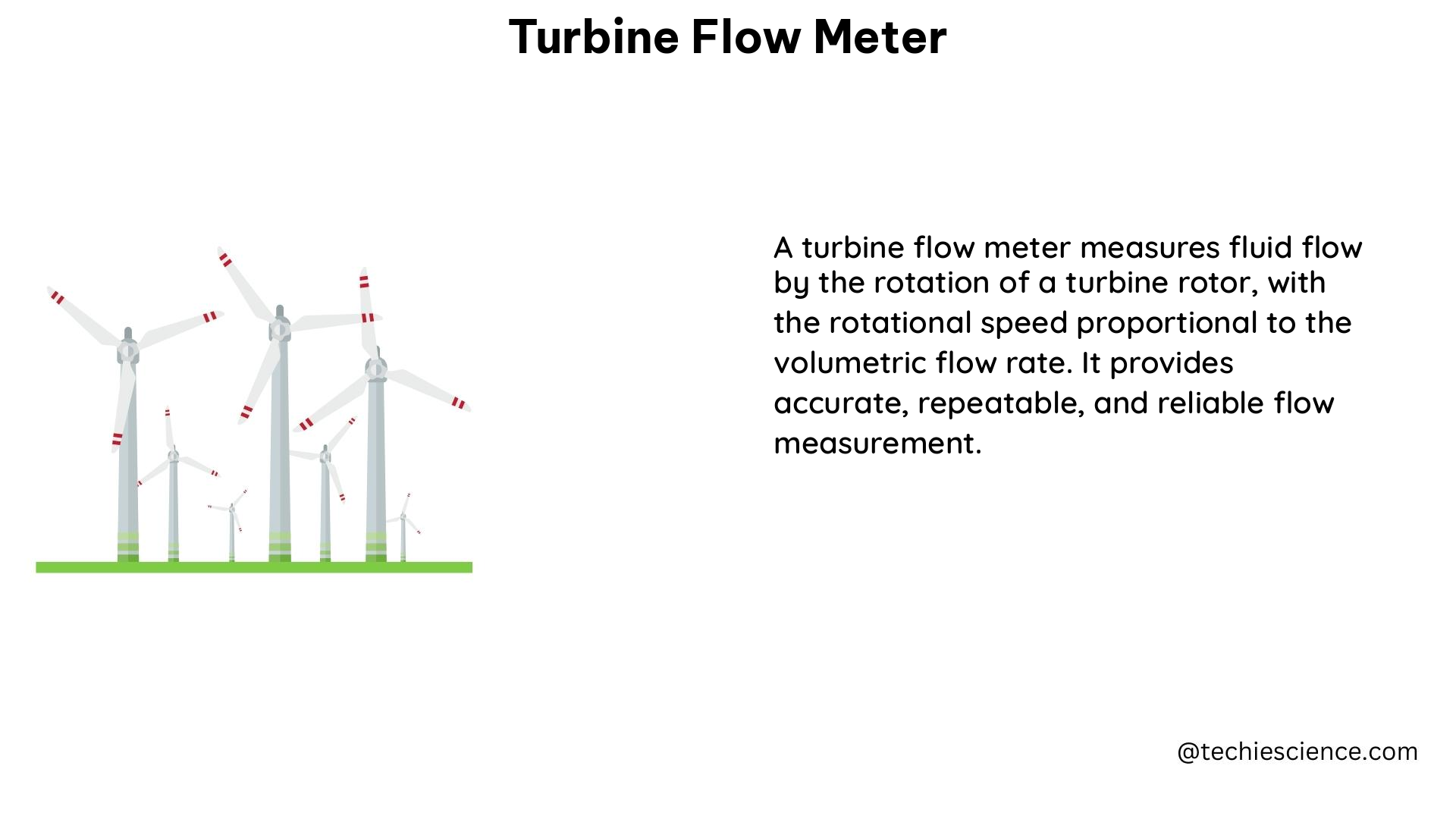Turbine flow meters are a type of velocity-based flow measurement device that determine the volumetric flow rate of a fluid by measuring the rotational speed of a turbine rotor placed in the flow path. These meters are widely used across various industries due to their high accuracy, wide measurement range, and ability to provide a direct volume readout. However, their performance is sensitive to flow conditions, fluid properties, and installation requirements, necessitating careful consideration and proper maintenance to ensure optimal performance.
Measurement Range and Accuracy
Turbine flow meters are capable of measuring a wide range of flow rates, from as low as 0.025 Am³/hr (0.015 ACFM) for gases to as high as 25,500 Am³/hr (15,000 ACFM) for gases, and from 0.036 m³/hr (0.16 gpm) to 13,000 m³/hr (57,000 gpm or 82,000 barrels/hr) for liquids. The accuracy of these meters is typically expressed as a percentage of the actual flow rate (% AR) and can vary depending on the flow range and the manufacturer’s specifications. A typical turbine meter may have a linearity tolerance band of ±0.25% over a 10:1 flow range and ±0.15% linearity in a 6:1 range.
Repeatability and Calibration

The repeatability of turbine flow meters, which is the ability to reproduce the same measurement under the same conditions, is typically given as a percentage of the full-scale output (% FSO) or as a percentage of the actual flow rate (% AR). A common specification for a turbine meter is a repeatability of ±0.2% to ±0.02% over the linear range.
To ensure the accuracy of turbine flow meters, periodic calibration is essential. The calibration process involves comparing the meter’s output to a known reference standard, which can be done manually or automatically. Proper calibration is crucial to compensate for any changes in the meter’s performance due to factors such as wear, fouling, or changes in fluid properties.
Installation Requirements and Fluid Properties
Turbine flow meters require specific installation conditions to ensure accurate and reliable performance. They require straight pipe runs upstream and downstream of the meter to establish proper flow conditions. The recommended straight pipe run can range from 5 to 50 pipe diameters, depending on the meter size, flow velocity, and Reynolds number.
Turbine flow meters are also sensitive to the properties of the fluid being measured, such as viscosity, density, and temperature. These fluid properties can affect the meter factor, which is the number of pulses per unit volume. Proper compensation for changes in fluid properties is necessary to maintain the meter’s accuracy.
Turndown Ratio and Pressure Drop
The turndown ratio of a turbine flow meter is the ratio of the maximum flow rate to the minimum flow rate that can be accurately measured. This ratio can range from 10:1 to 100:1, depending on the meter size, flow conditions, and meter design.
Turbine flow meters also cause a pressure drop in the flow path due to the obstruction created by the rotor. The pressure drop can range from a few inches of water column to several psi, depending on the meter size, flow velocity, and fluid properties.
Maintenance and Troubleshooting
To ensure the long-term reliability and accuracy of turbine flow meters, regular maintenance and troubleshooting are essential. This may include cleaning the rotor, inspecting for wear or damage, and verifying the meter’s calibration. Proper maintenance can help extend the meter’s service life and maintain its performance over time.
Conclusion
Turbine flow meters are a versatile and widely used flow measurement technology, offering high accuracy, wide measurement range, and direct volume readout. However, their performance is sensitive to various factors, including flow conditions, fluid properties, and installation requirements. By understanding the technical details and considerations surrounding turbine flow meters, users can select, install, and maintain these devices to optimize their performance and ensure reliable flow measurement in a wide range of applications.
References:
– Challenges in Turbine Flow Metering System, IOPscience, 2019.
– Turbine Meter | Gas Flow Meters | Velocity Type, Linc Energy Systems, 2018.
– Turbine Flowmeters, Part 1: Details of the Basic Axial Turbine Flowmeter, Fierce Electronics, 1999.
– Density effect and Reynolds number effect on gas turbine flowmeters, Trans ASME, J Basic Eng, 1965.
– Turbine Flow Meter, Omega Engineering.
– Improved turbine meter accuracy by utilization of dimensionless data, Proc 1992 Natl Conf Standards Labs (NCSL) Workshop and Symp, 1992.

The lambdageeks.com Core SME Team is a group of experienced subject matter experts from diverse scientific and technical fields including Physics, Chemistry, Technology,Electronics & Electrical Engineering, Automotive, Mechanical Engineering. Our team collaborates to create high-quality, well-researched articles on a wide range of science and technology topics for the lambdageeks.com website.
All Our Senior SME are having more than 7 Years of experience in the respective fields . They are either Working Industry Professionals or assocaited With different Universities. Refer Our Authors Page to get to know About our Core SMEs.